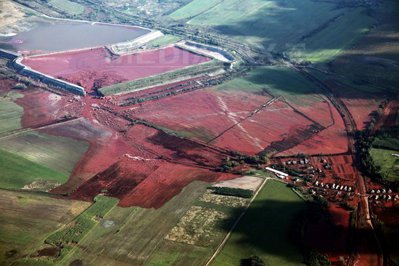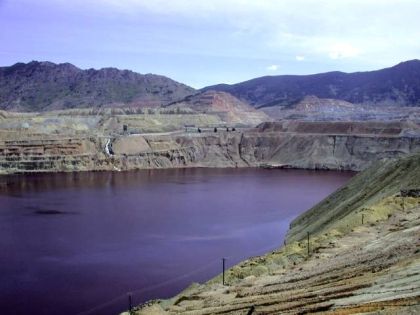In nature, "air pollution" exists - e.g. sulphur dioxide from volcano eruptions. However, today's air pollution is significantly caused by anthropogenic activities. It may be as simple as spraying pesticides, to slash and burn and factory emissions. All this contribute to a deteriorating air quality, which can affect health and living standards.
 |
| (Taken from http://gizmodo.com/the -largest-air-purifier-ever-built-sucks- up-smog-and-t-1729298355) |
A couple of weeks back, I chanced upon this article titled "The largest air purifier ever built sucks up smog and turns it into gem stones". The article talks about a "Smog Free Tower" which adsorbs dust particles from the air using ion technology. The Smog Free Tower is capable of filtering 30,000 cubic meters of air per hour, operating on green energy. Interestingly, the particles are compacted and placed inside a ring - a gimmick to garner supporters and donations.
This Smog Free Project was launched on 4th September 2015 in Rotterdam, Netherlands. Currently the first of its kind, the team aims to expand the project. However, bearing high costs, this project is dependent on donations and sponsors. Below is the video of the project.
It is heartening to see efforts to reduce pollution. Although such projects do not address the roots of the problems, they certainly contribute to technological materialism. Perhaps it paves the way for us to move further down the Environmental Kuznet's Curve - towards a more sustainable future.
References
The Largest Air Purifier Ever Built Sucks Up Smog And Turns It Into Gem Stones (Gizmodo)
http://gizmodo.com/the-largest-air-purifier-ever-built-sucks-up-smog-and-t-1729298355
Studio Roosegaarde (— Smog Free Project)
https://www.studioroosegaarde.net/project/smog-free-project/




